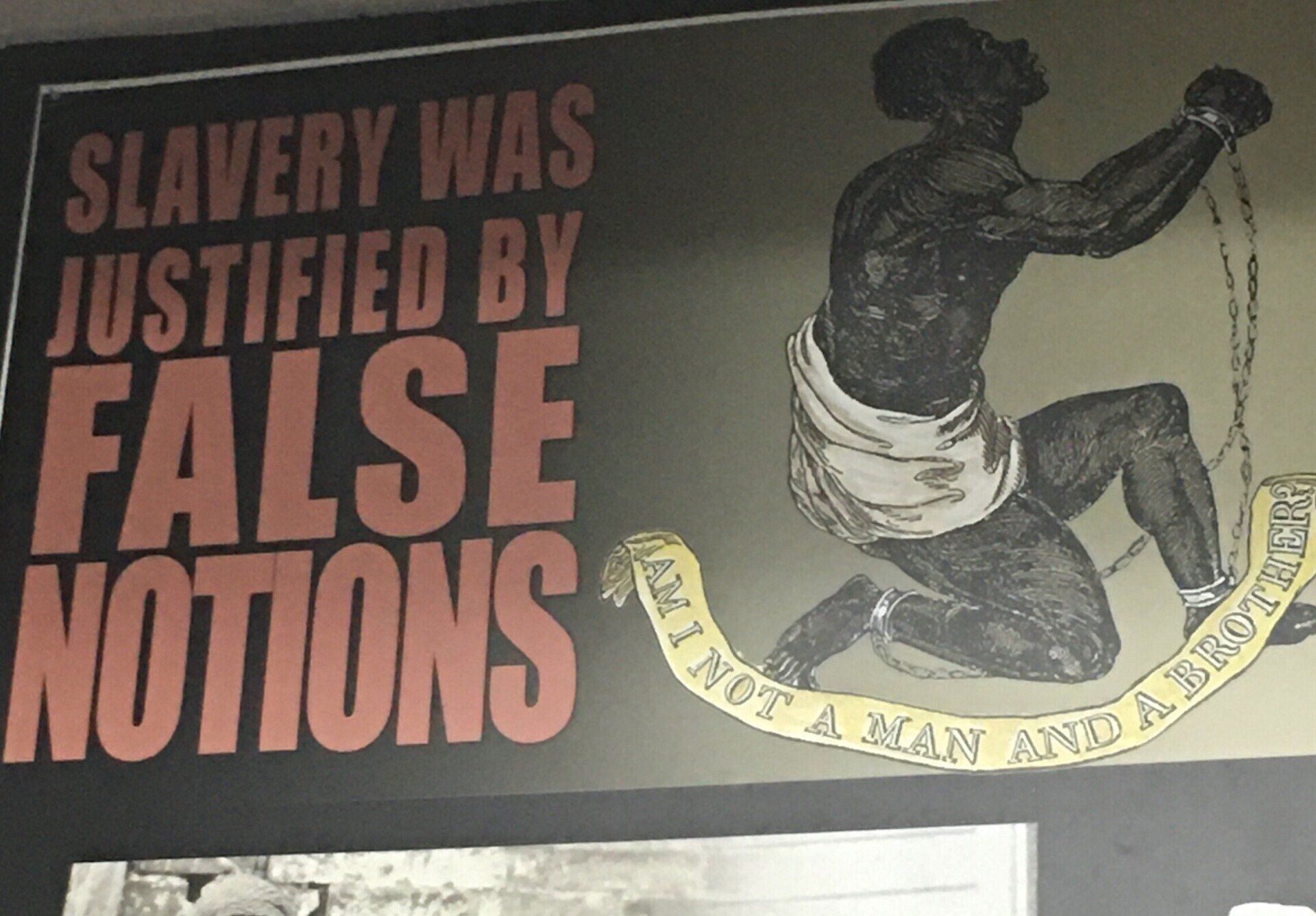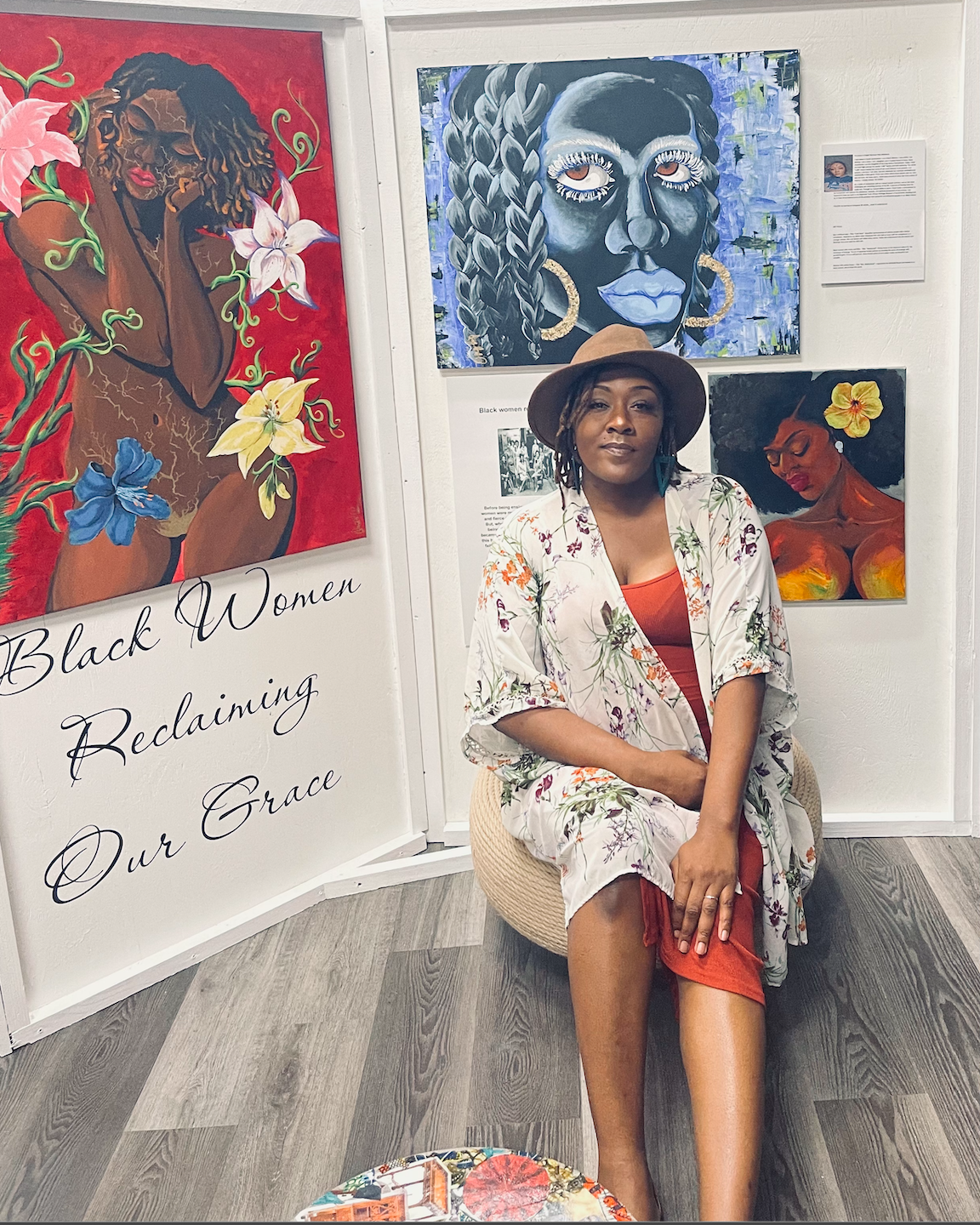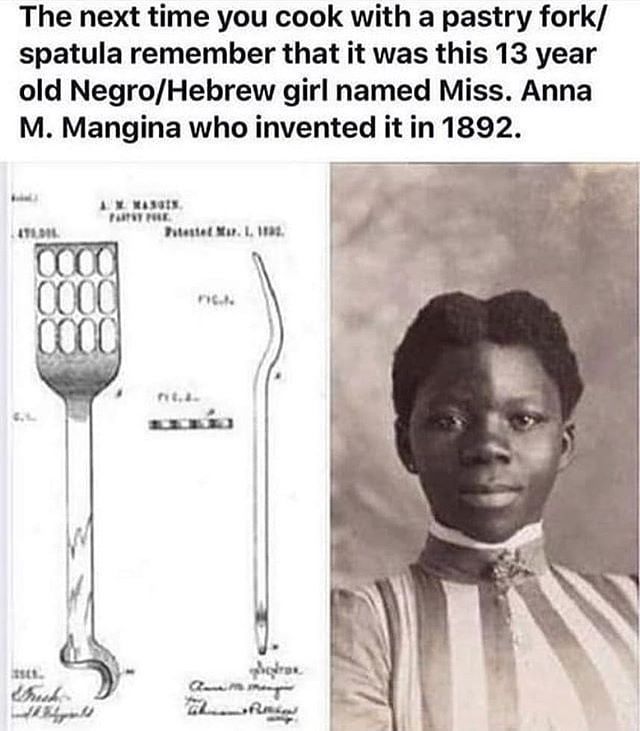Learn how to support the Museum here.
Whipped Peter
Whipped Peter
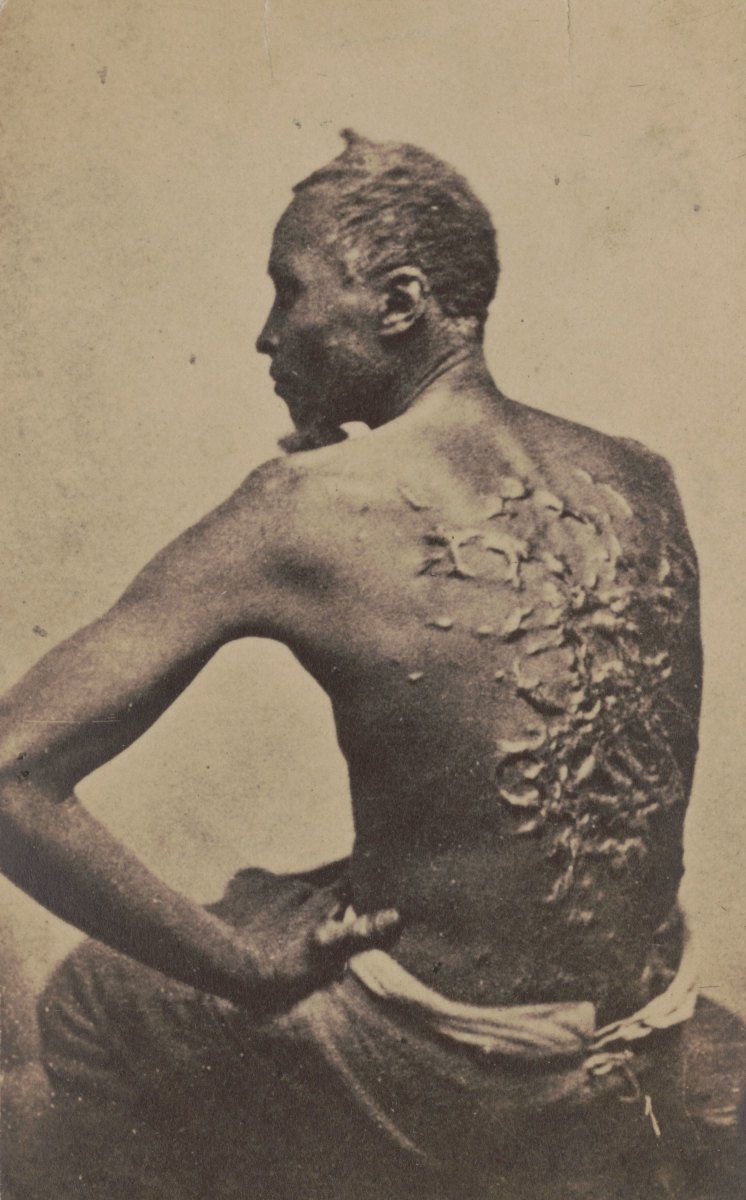
“Whipped Peter” was the name bestowed upon the enslaved African named Gordon. Enslaved people weren’t rendered important enough to be given a last name, so his name was just Gordon, but even so he was called Peter because of the stubbornness of the slave owners to acknowledge the name given to him by his mother.
Gordon and three other enslaved Africans attempted an escape during the night. One was caught and killed by slave hunters in pursuit of the plantation they came from. The others used onions to rub them on their bodies and cover their scent from the bloodhounds who accompanied the slave hunters. They ran barefoot for miles, and after ten long days, they reached a Union encampment in Baton Rouge, where they promptly enlisted in the Union Army. Gordon received a medical examination, which is when the image above was taken.
His testimony described that during his enslavement on a Louisiana plantation ten days before, his overseer had whipped him. Believe it or not, this was an ordinary beating that was cruelly familiar to the other formerly enslaved refugees, but the white soldiers and medical examiners were horrified by the sight. The picture was mass produced and quickly spread across the nation. Though Gordon’s story was only one of hundreds of thousands, if not millions, its popularity is what brought to light to many white people how inhumane slavery was. Even so, there were those who still fully supported it.
These supporters of slavery could no longer claim that it wasn’t a cruel practice, so they used false notions to justify it. The victims of enslavement weren’t treated with the slightest bit of humanity, so what did the supporters of slaveery have to say about that? Well, they called them less than human, stupid and incapable of making their own decisions. It was the white man’s burden to “help” them, and their way of helping them was enslavement.
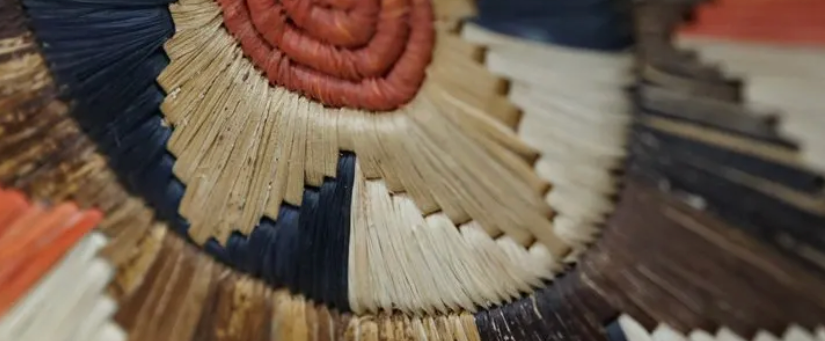
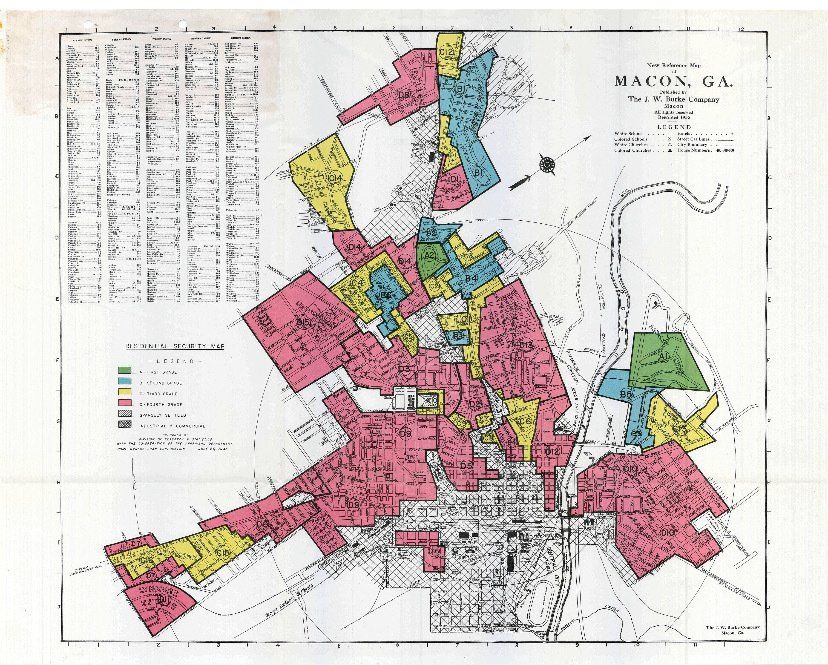
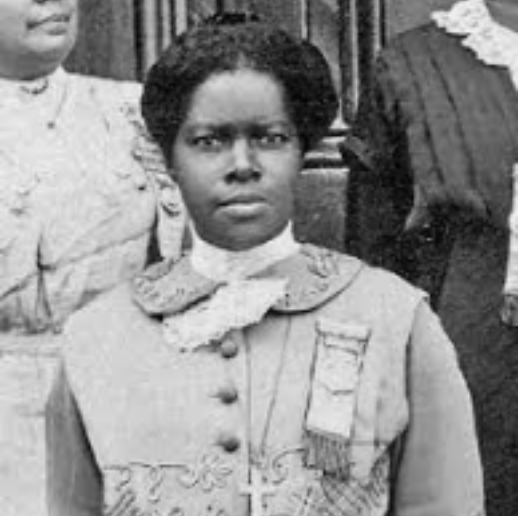

2251 Florin Rd. #126 Sacramento, CA. 95822
The museum is located on the corner of 24th and Florin inside the Florin Business Arts Complex.
Monday/Tuesday - closed
Wednesday - by appointment
Thursday - Saturday 12:00 - 5:00 pm
Sunday - closed
Closed on August 17th-18th, 2024 for SOJO's Annual Fundraiser the Sacramento Banana Festival
All Rights Reserved | Sojourner Truth African Heritage Museum
Powered by CourtDMS

